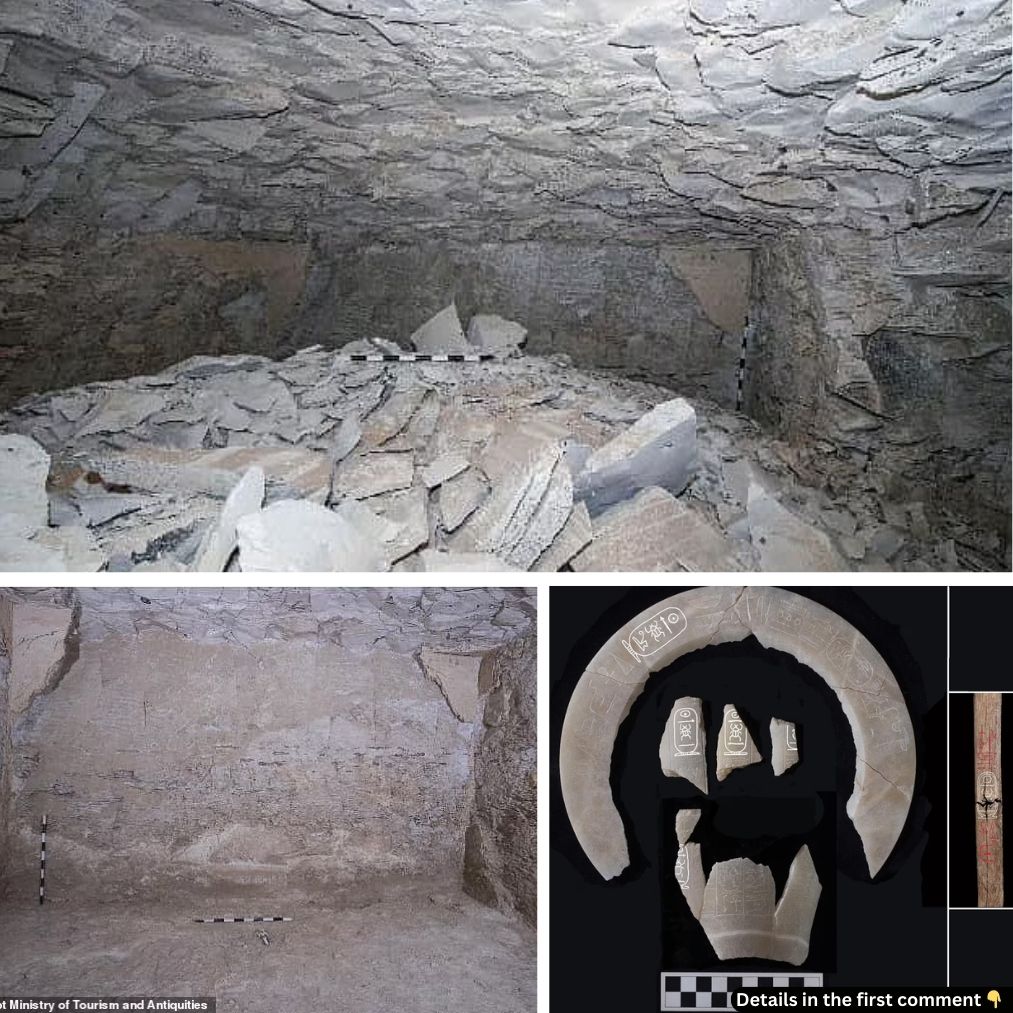In a monumental archaeological breakthrough, Egypt has uncovered the first royal tomb in over a century. Hidden for millennia, the tomb of King Thutmose II, a ruler from Egypt’s Eighteenth Dynasty, was discovered in the Valley of the Kings, near Luxor, bringing with it secrets and treasures from the ancient world. This discovery, the first since the famous tomb of King Tutankhamun was found in 1922, marks a significant moment in the study of Egypt’s ancient royal history. The tomb’s excavation and the findings within offer invaluable insights into the reign of Thutmose II, the political dynamics of the time, and the evolution of Egyptian burial practices.
The Tomb of King Thutmose II: An Overview
The tomb of King Thutmose II was uncovered by a joint British-Egyptian archaeological team in the west bank of the Nile, near Luxor. Thutmose II, a king from the Eighteenth Dynasty, reigned from around 1493 to 1479 BCE, though his reign was relatively short-lived, lasting only 13 years. Despite this, Thutmose II’s tomb is significant, as it is the final royal tomb of Egypt’s Eighteenth Dynasty that was lost to time. The tomb itself had been obscured by centuries of floods, looting, and neglect, and for years, scholars had suspected its existence but were unsure of its exact location.
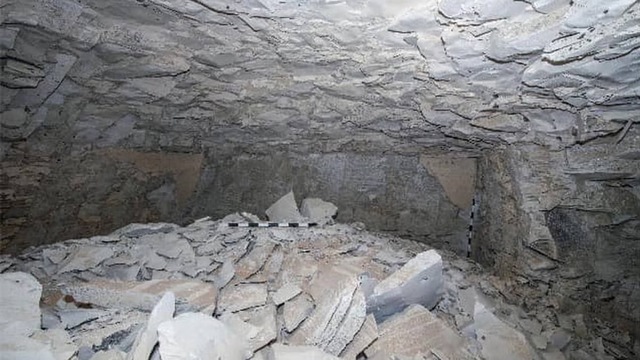
Archaeologists had long believed that the tomb could be that of a royal wife, especially given its proximity to the tombs of King Thutmose III and Queen Hatshepsut. However, archaeological evidence later confirmed that the tomb belonged to Thutmose II himself. This discovery not only fills a gap in our understanding of the Eighteenth Dynasty but also highlights the political and dynastic interconnections of the time, particularly the relationship between Thutmose II and his wife, the powerful Queen Hatshepsut.
Video
Watch Egypt Discovers First Royal Tomb in Over a Century to witness this groundbreaking discovery in ancient Egyptian history. Don’t miss it!
The Archaeological Process: Excavation and Findings

The initial discovery of the tomb’s entrance took place in October 2022, but it wasn’t until the subsequent excavations that the true significance of the find became apparent. The tomb’s main passage, leading to the burial chamber, was carefully uncovered. The walls of the tomb had suffered considerable damage due to flooding soon after Thutmose II’s death, which left much of the interior in disarray. However, the dedicated team of archaeologists, led by Dr. Mohamed Ismail Khaled and Dr. Piers Litherland, managed to restore portions of the tomb and recover important artifacts.
The most significant finds included alabaster vessels inscribed with Thutmose II’s name, alongside the names of his wife, Hatshepsut. This discovery is especially meaningful because it marks the first time funerary items related to Thutmose II have been found in their original context. Researchers also unearthed parts of the tomb’s original plaster, decorated with yellow stars and blue inscriptions, as well as sections of the Book of Amduat, a crucial funerary text associated with royal tombs.
Despite the poor condition of the tomb’s interior, these findings are invaluable, as they offer direct links to the rituals and practices of ancient Egyptian royalty, particularly in relation to burial and the afterlife.
Thutmose II: His Life and Legacy
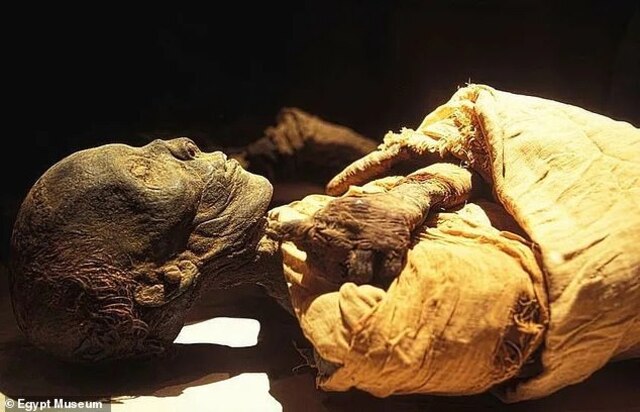
King Thutmose II, though not as famous as his successors, played a crucial role in maintaining Egypt’s power during the early part of the Eighteenth Dynasty. His reign was marked by military campaigns in Nubia and the Levant, which helped secure Egypt’s borders. He is also known for suppressing rebellions and maintaining Egypt’s vast trade networks. However, it is Thutmose II’s relationship with his wife, Hatshepsut, that stands out. Hatshepsut was not only his queen but also an influential figure who later claimed the title of pharaoh, ruling in her own right after Thutmose II’s death.
Thutmose II’s premature death at around 30 years old set the stage for Hatshepsut to take power, and she would go on to become one of Egypt’s most famous female rulers. Her reign is remembered for its extensive building projects, as well as her diplomatic and trade achievements. The discovery of Thutmose II’s tomb provides a deeper understanding of this complex dynastic relationship and offers new insights into how power was negotiated within the royal family.
What Was Found Inside the Tomb?
Inside the tomb, the archaeological team found several key items that provided insights into Thutmose II’s funerary practices. The alabaster vessels bearing his name and that of his wife Hatshepsut were of particular importance. These vessels, used for storing oils and perfumes, were intricately inscribed and decorated with royal symbols. The presence of such items in the tomb is indicative of the high status and wealth associated with the king’s burial.

Additionally, the Book of Amduat found in the tomb gives us a glimpse into the religious beliefs of the time. This text, often found in royal tombs, details the journey of the deceased through the afterlife, describing encounters with gods and other supernatural beings. The inclusion of this text in Thutmose II’s tomb highlights the importance of the afterlife in Egyptian royal burial customs.
Fragments of murals and inscriptions found within the tomb suggest that it was once a richly decorated space, reflecting the king’s power and status. The imagery and motifs found in the tomb are similar to those seen in other royal tombs of the period, indicating a continuity of tradition in royal burial practices.
The Tomb’s Architectural Features

The tomb itself is simple in design compared to the more elaborate structures of later pharaohs, yet it is still a product of the architectural innovations of the time. The tomb features a corridor lined with white plaster, leading to the burial chamber. The floor of the chamber is raised, providing a symbolic separation between the world of the living and the world of the dead. The simplicity of the design is thought to have served as a prototype for later tombs built in the Valley of the Kings, where many subsequent royal figures would be buried.
The tomb’s condition was poor due to the flooding that occurred shortly after Thutmose II’s death. Water damage to the interior caused mortar to fall from the walls, and much of the original contents were moved or lost over time. Despite this, the team’s careful restoration work has allowed researchers to recover crucial fragments and reconstruct aspects of the tomb’s original layout and design.
Cultural and Historical Implications
The discovery of Thutmose II’s tomb is more than just a triumph for archaeology—it also provides invaluable cultural and historical insights into the Eighteenth Dynasty. The tomb reveals the strong religious traditions of the time, particularly in relation to royal funerary practices. The presence of the Book of Amduat and the elaborate funerary items underscore the Egyptians’ belief in the afterlife and the importance of securing the king’s place in it.
Moreover, the tomb provides new insights into the political landscape of the time, particularly the role of women in royal succession. Hatshepsut’s influence as both wife and ruler highlights the complex power dynamics within the royal family, and the tomb’s discovery offers a clearer picture of the relationships between key figures of the Eighteenth Dynasty.
King Tutankhamun and Thutmose II: A Comparison
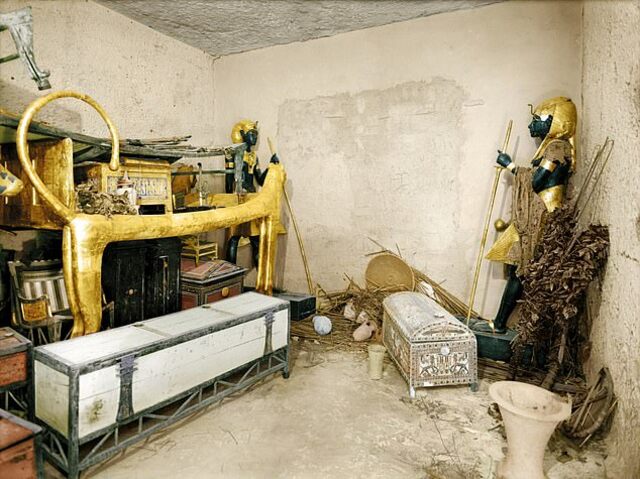
The discovery of Thutmose II’s tomb also invites comparisons with the more famous tomb of King Tutankhamun, which was unearthed by Howard Carter in 1922. While King Tut’s tomb is famous for its treasures, Thutmose II’s tomb offers a more restrained glimpse into the royal burial customs of the time. Both tombs, however, share common elements, such as the inclusion of funerary texts and elaborate burial furniture.
Unlike Tutankhamun’s tomb, which was found almost untouched, Thutmose II’s tomb had suffered from looting and flooding, making it a less spectacular find. Nevertheless, the items recovered from Thutmose II’s tomb provide crucial information about the period and the king’s reign.
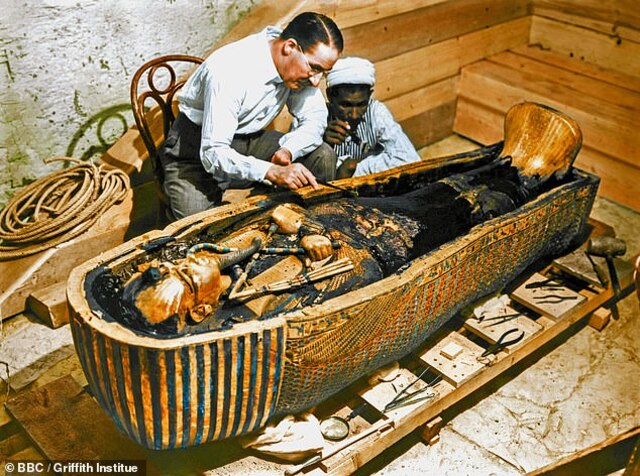
Looking Forward: Future Excavations and Research
The excavation of Thutmose II’s tomb is far from complete. Researchers continue to study the site, with plans for further excavation in the coming years. The tomb holds many secrets yet to be uncovered, and the ongoing work promises to provide even more insights into the life and reign of this lesser-known but important pharaoh.
Future excavations will likely shed more light on the original contents of the tomb, which were moved after the flooding. The recovery of additional artifacts will help complete the picture of Thutmose II’s royal life and death, further enriching our understanding of ancient Egypt.
Video
Watch Missing Tomb of Ancient Egyptian King Discovered, the First in More Than 100 Years to explore this incredible archaeological find. Don’t miss it!
Conclusion: A Rediscovered Chapter of Ancient Egypt
The discovery of Thutmose II’s tomb marks a pivotal moment in Egyptian archaeology, offering new insights into a key period in the history of the Eighteenth Dynasty. While it may not be as famous as Tutankhamun’s tomb, Thutmose II’s burial provides valuable information about the king’s life, reign, and the customs of his time. As the excavation continues, researchers are hopeful that this find will yield even more revelations about the rich history of ancient Egypt and its royal lineage. This remarkable discovery serves as a reminder that, even after centuries of exploration, the secrets of ancient Egypt continue to captivate and inspire.
